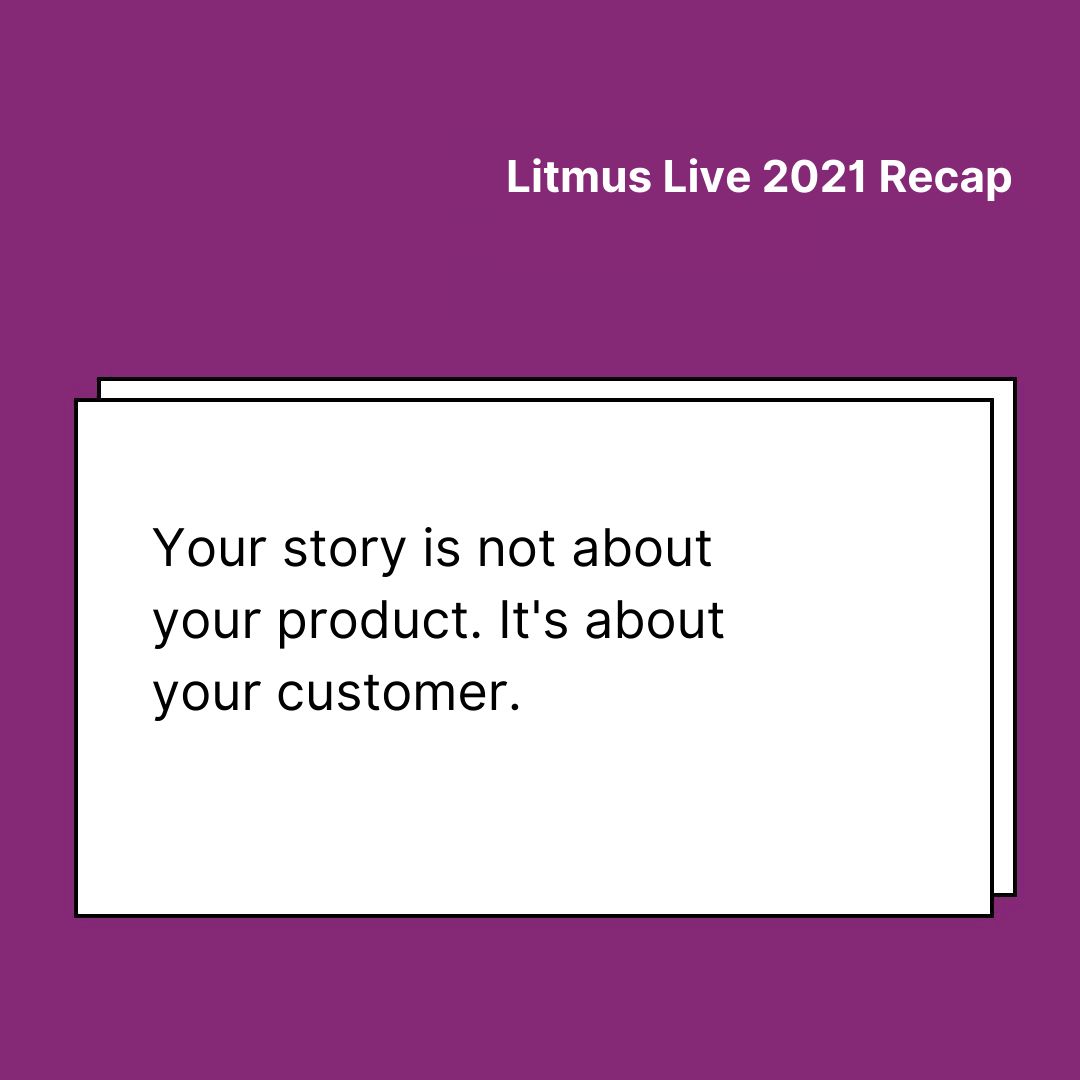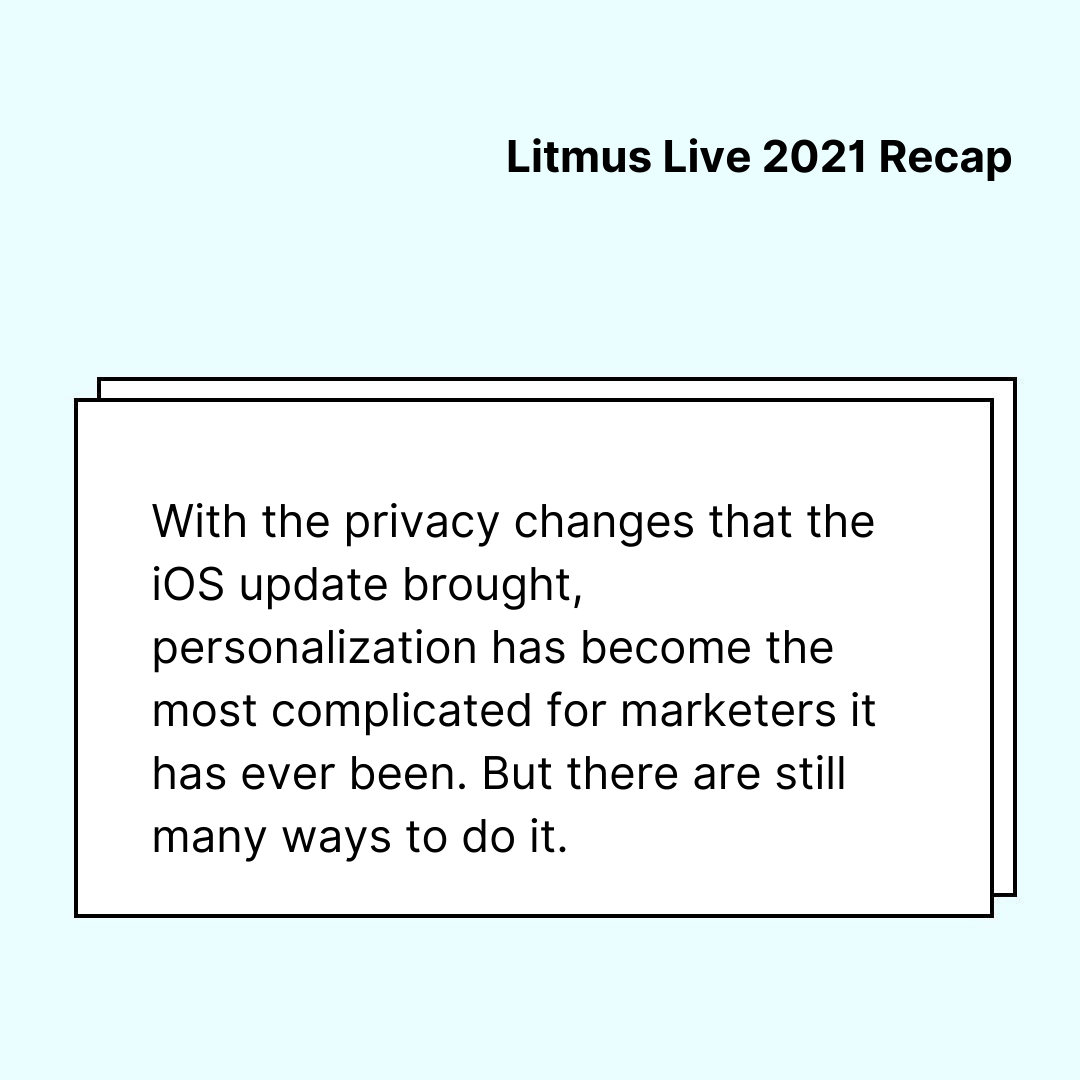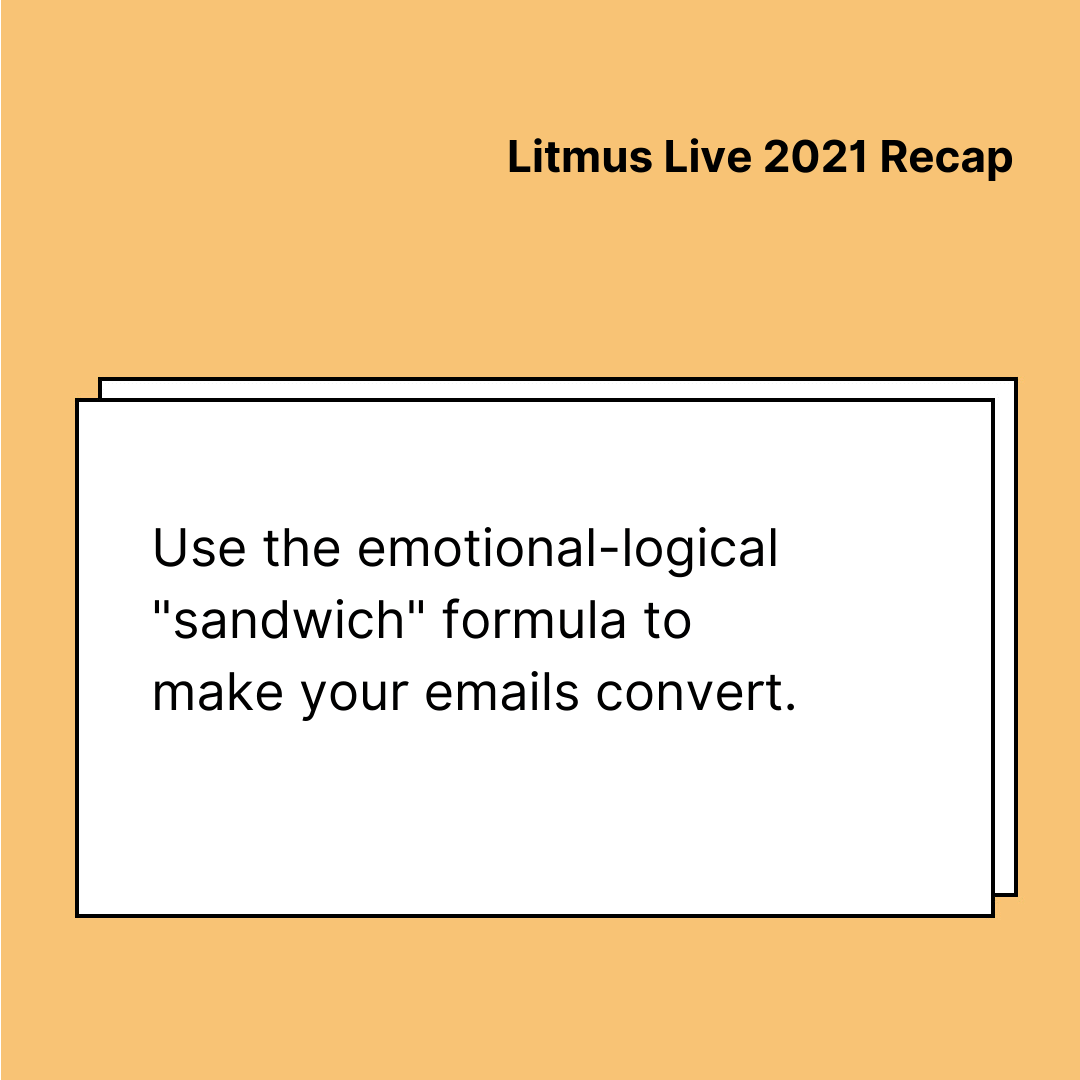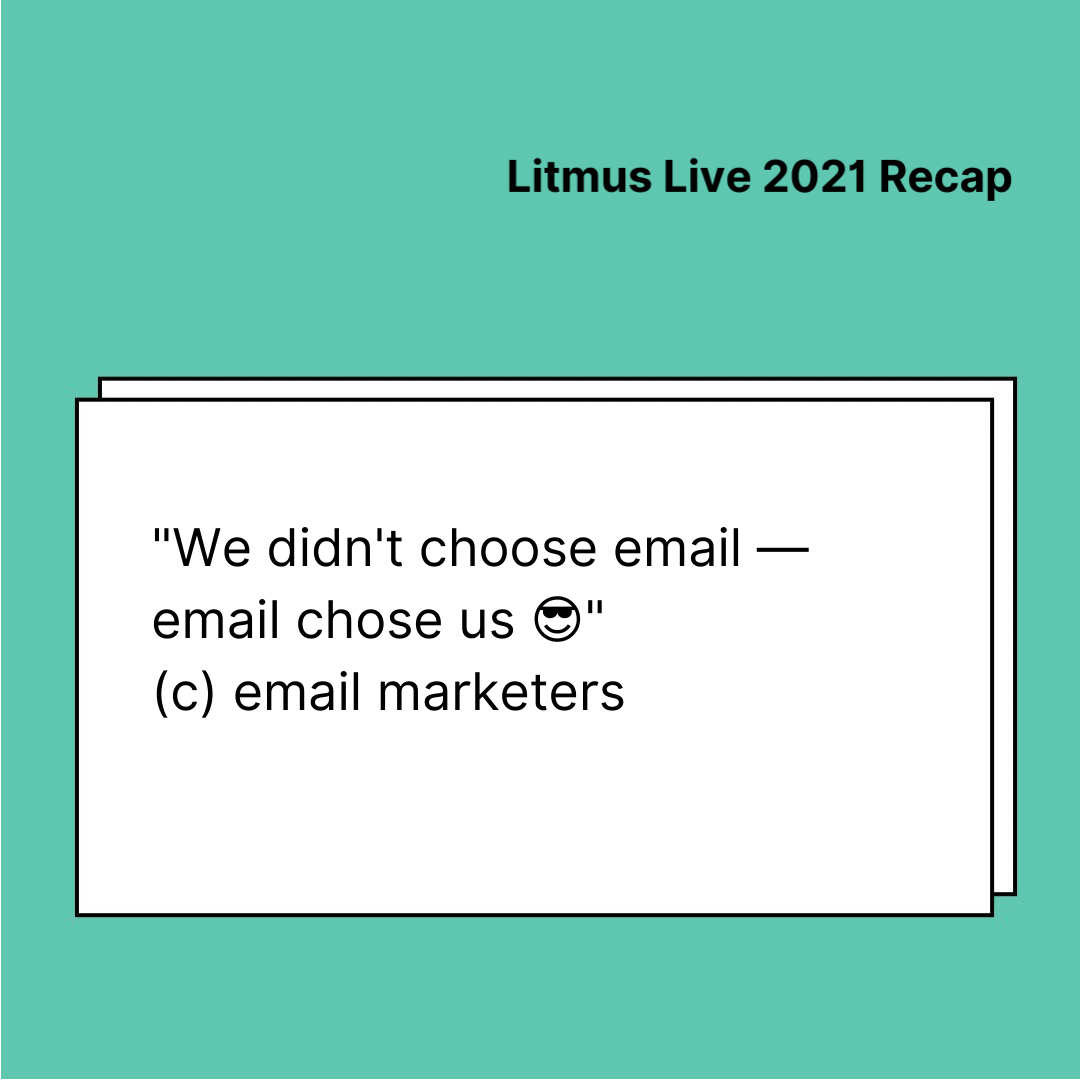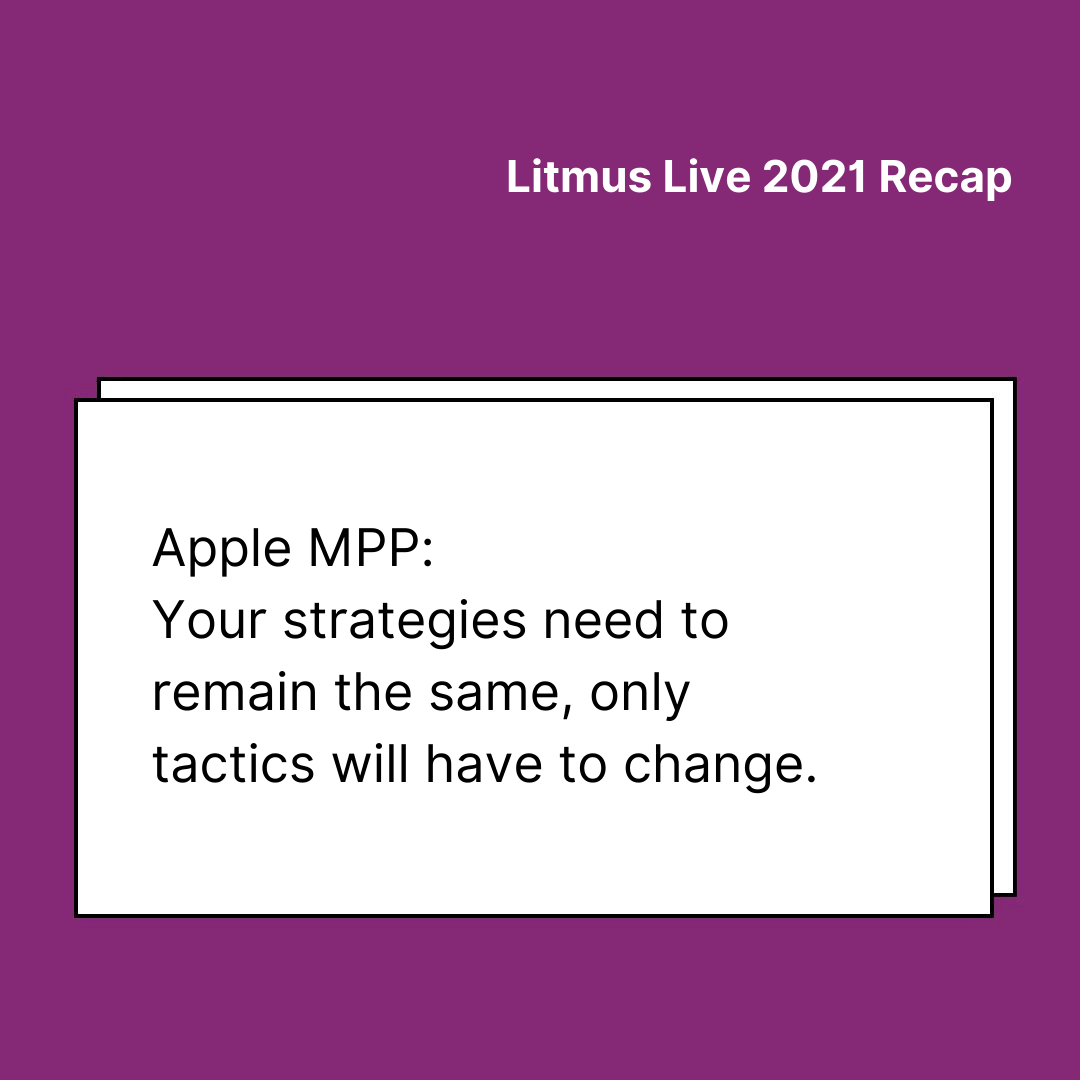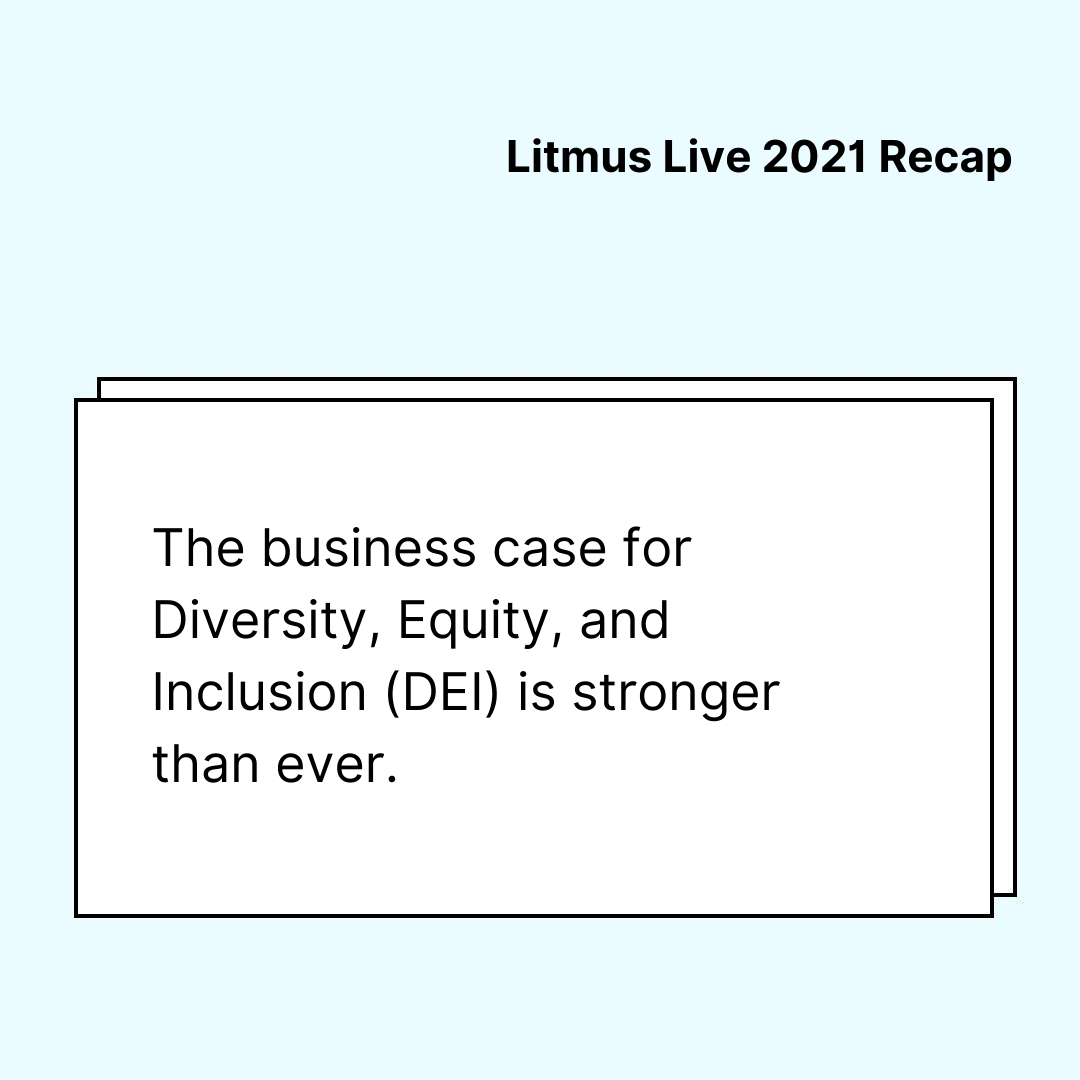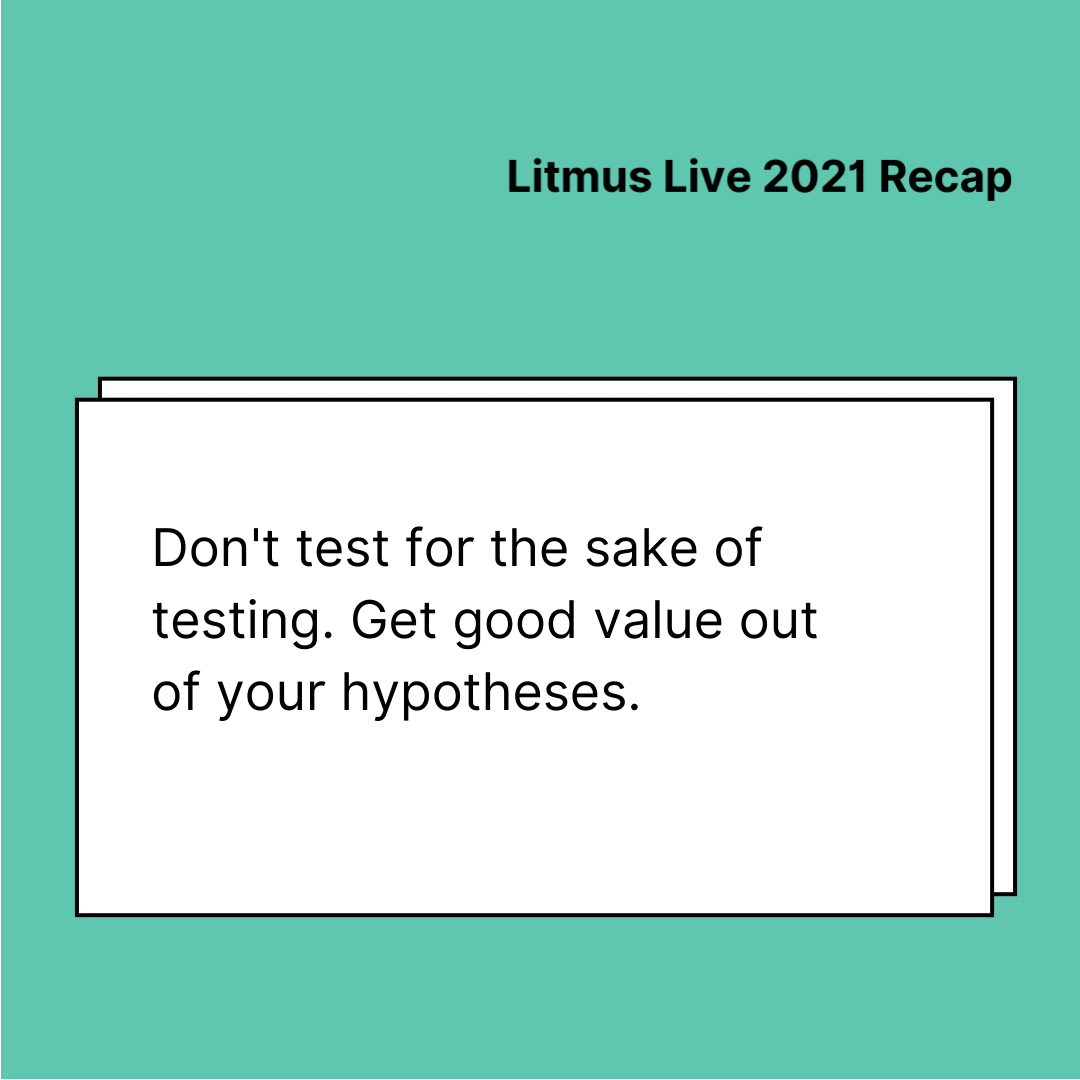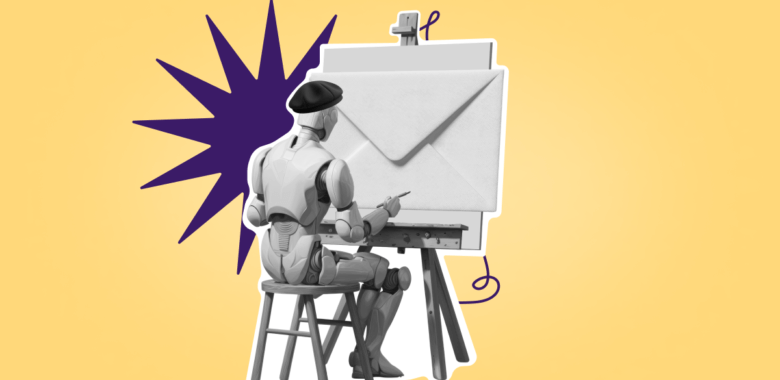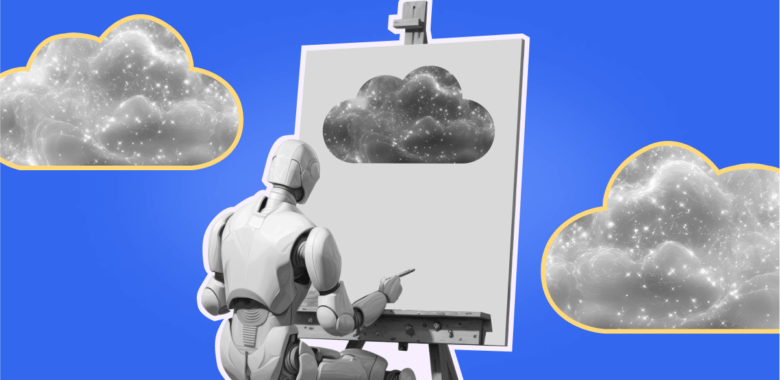WBUR is a public radio station located in Boston. Here are their 5 newsletter strategy lessons that any business can learn from:
If you’re just getting started with data, start small:
- Pick specific metrics you can start with and make it more sophisticated over time.
- Use data and reader feedback to inform decisions like launching new products.
After learning that their listeners might be interested in the political coverage, they launched Mass Election Prep resulting in 80% of its subscribers opting into the regular newsletter.
Content is still king:
- Using the data from surveys and feedback, make sure that you give your audience something great and valuable.
When they started, WBUR’s newsletter had no strategy for growth and no conversation with readers. They launched 7 new newsletters with a personal approach. As a result, they experienced 83% list growth from January 2020 to January 2021.
If you’re asking the audience to listen, you need to do the same:
- Don’t forget to listen to your audience, not just your superiors, let people shape the future of newsletters.
- The inbox is a great space for creating a personal atmosphere.
By making their newsletter a less formal product and by asking questions and encouraging replies, WBUR got the list with 50% of contacts having the 5-star rating in MailChimp (highly engaged).
Don’t put yourself on an island:
- By creating cross-departmental working groups, you can do much more and much quicker than when you’re fighting other teams.
WBUR has cross-functional meetings on any product, including newsletters which helps them create messages that resonate with their audience.
You never have all the answers. So keep asking questions:
Don’t ever stop, continue to be curious and wonder how to do better and improve.

